
Galaxies like our Milky Way, in the early universe
New evidence from the Webb Space Telescope upends what scientists believed they knew about galaxies in the early universe. Our previous best views of the early universe, using tools such as the Hubble Space Telescope, didn’t show clear disk-like structure in early galaxies.
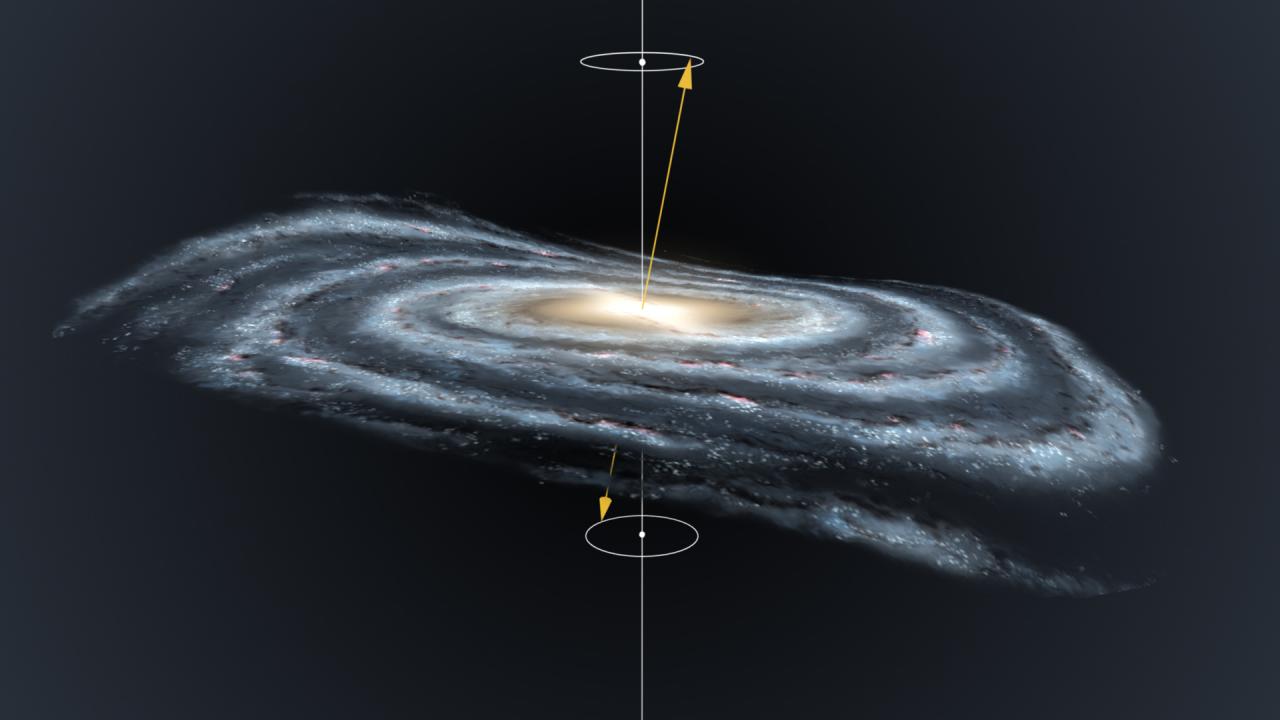
So astronomers thought maybe disk galaxies – similar to our own spiral Milky Way – were too fragile to exist during the universe’s active, early days. But the University of Manchester announced new research on September 22, 2023, suggesting that disk galaxies are 10 times more common in the universe’s early years than once thought.

Scientists already knew disk galaxies were common in the nearby universe. So the data showing a profusion of them in the early universe mean disk galaxies dominate the universe. Scientists from the University of Manchester and University of Victoria in Canada collaborated on this research. They published their peer-reviewed study in The Astrophysical Journal on September 22, 2023.
Milky Way-like galaxies dominate the universe
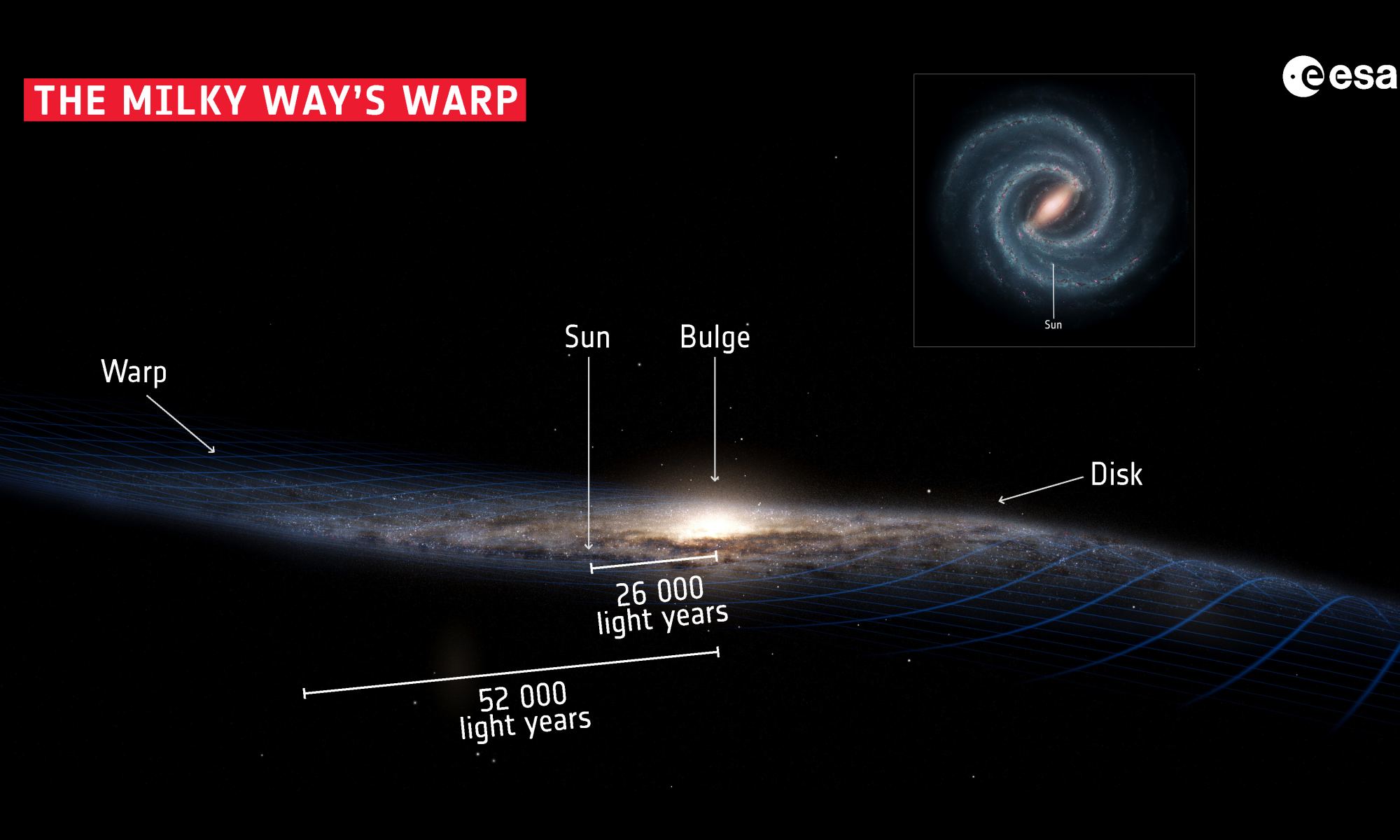
The Milky Way galaxy is a barred spiral galaxy with an overall shape like a pancake. Astronomers already knew this type of disk galaxy was the most common in the nearby universe. And, importantly, studies have shown that spiral or disk galaxies may be the most likely type of galaxy to host intelligent life.

But astronomers didn’t believe that this type of galaxy was common in the early universe. That conclusion was based on data from observatories such as Hubble. Therefore, they surmised that maybe the disk shape was too fragile to exist in a young universe where galaxies frequently interacted and merged.
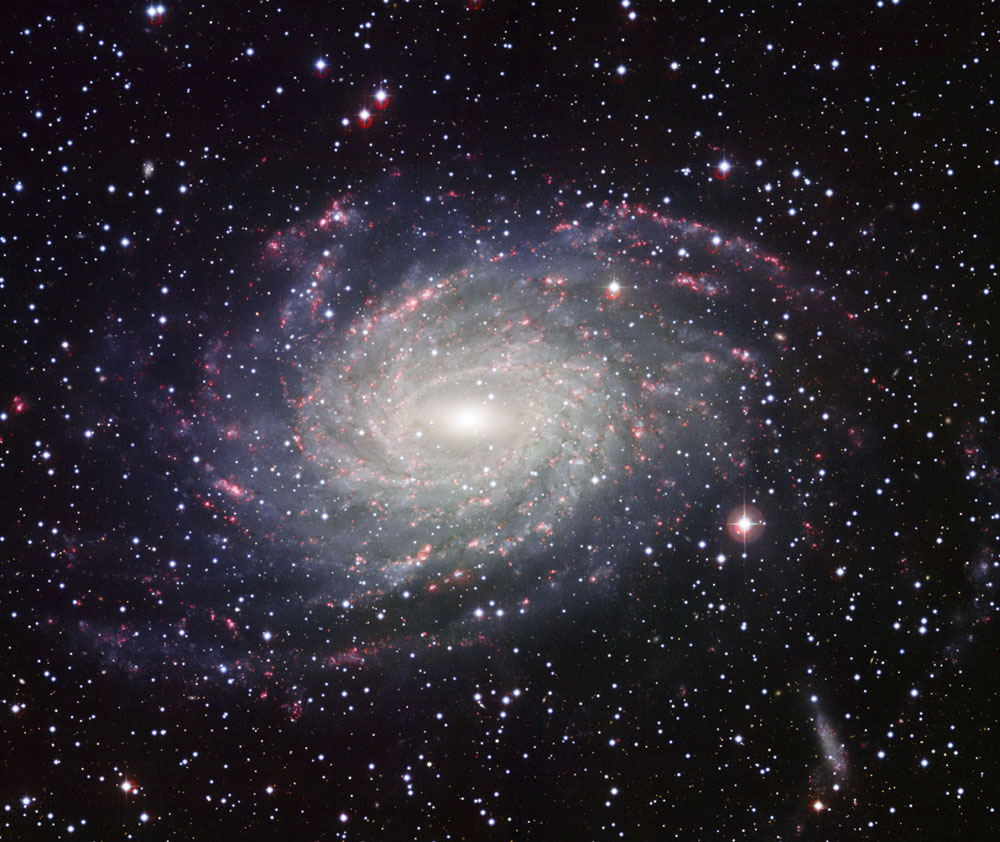
However, new data from Webb shows that disk galaxies were common even 10 billion-plus years ago. Co-author Christopher Conselice of the University of Manchester said: Using the Hubble Space Telescope, we thought that disk galaxies were almost nonexistent until the universe was about 6 billion years old. These new Webb results push the time these Milky Way-like galaxies form to almost the beginning of the universe.
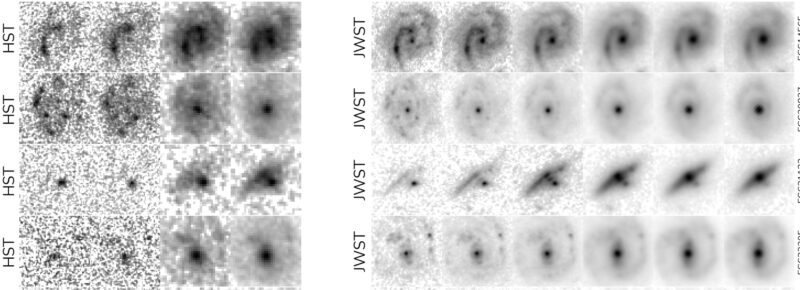
New ideas needed for the young universe
The new data upends the way astronomers previously believed the universe evolves. Existing theory said that disk galaxies were rare until the universe was “middle-aged”. Lead author Leonardo Ferreira of the University of Victoria said:
For over 30 years it was thought that these disk galaxies were rare in the early universe due to the common violent encounters that galaxies undergo. The fact that Webb finds so many is another sign of the power of this instrument and that the structures of galaxies form earlier in the universe, much earlier in fact, than anyone had anticipated.
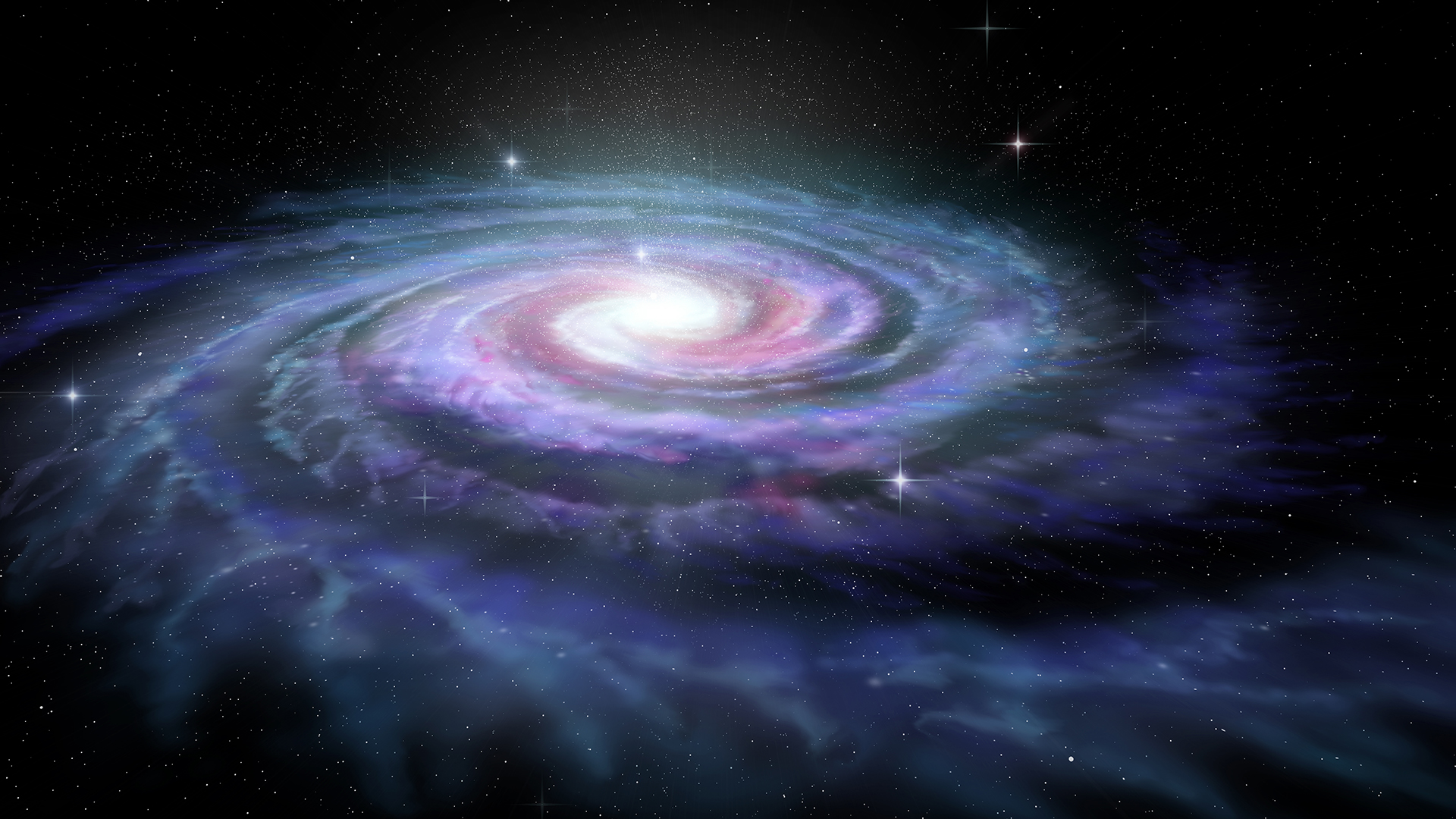
A formerly blurry early universe
The views from Hubble were not quite clear enough to make out a definite disk shape in early galaxies. Many of them looked irregular and strange, and astronomers thought they were the result of mergers. But now researchers believe that structure in the universe happened quicker than they had anticipated. Conselice elaborated:
These Webb results show that disk galaxies like our own Milky Way are the most common type of galaxy in the universe. This implies that most stars exist and form within these galaxies, which is changing our complete understanding of how galaxy formation occurs.
These results also suggest important questions about dark matter in the early universe, which we know very little about. Based on our results, astronomers must rethink our understanding of the formation of the first galaxies and how galaxy evolution occurred over the past 10 billion years.
That’s no small task, but it means there’s much more exciting science to come.
Bottom line: New data from the James Webb Space Telescope show that Milky Way-like galaxies were 10 times more common in the early universe than previously believed. Scientists already knew these disk-type galaxies were common in the nearby universe. Importantly, astronomers think this type of galaxy has the best chance of hosting intelligent life.